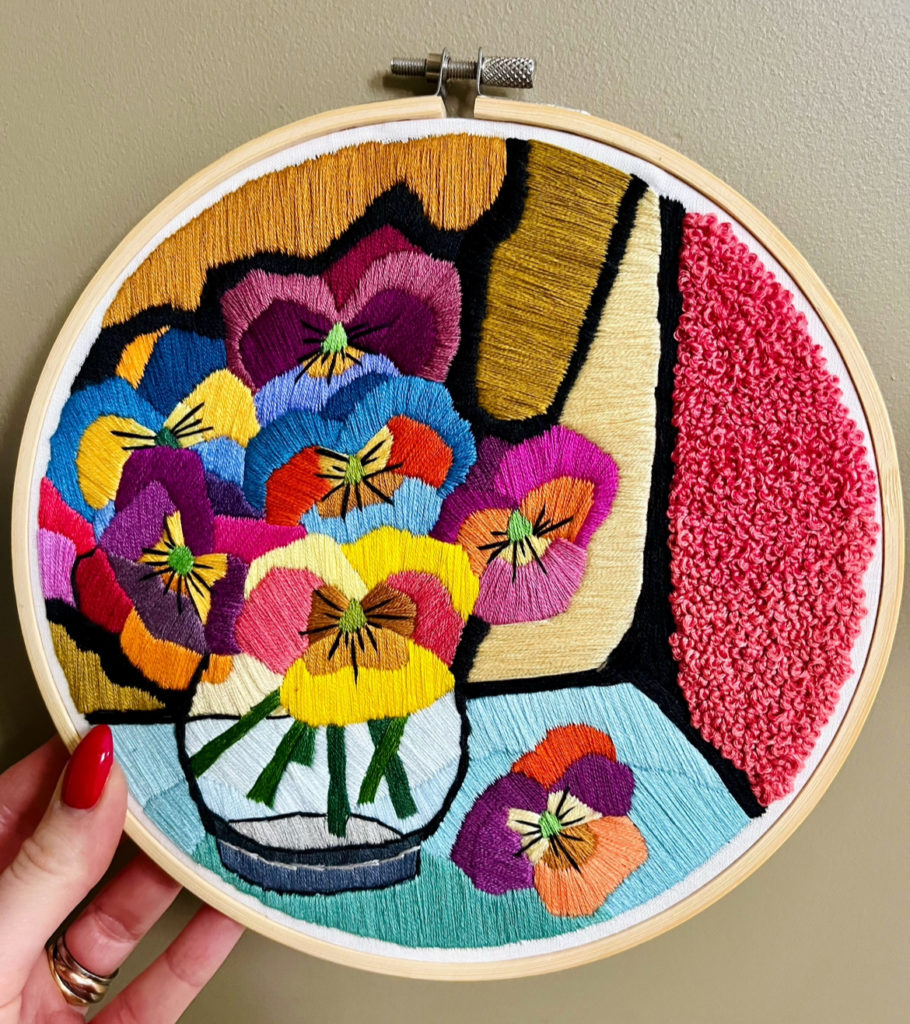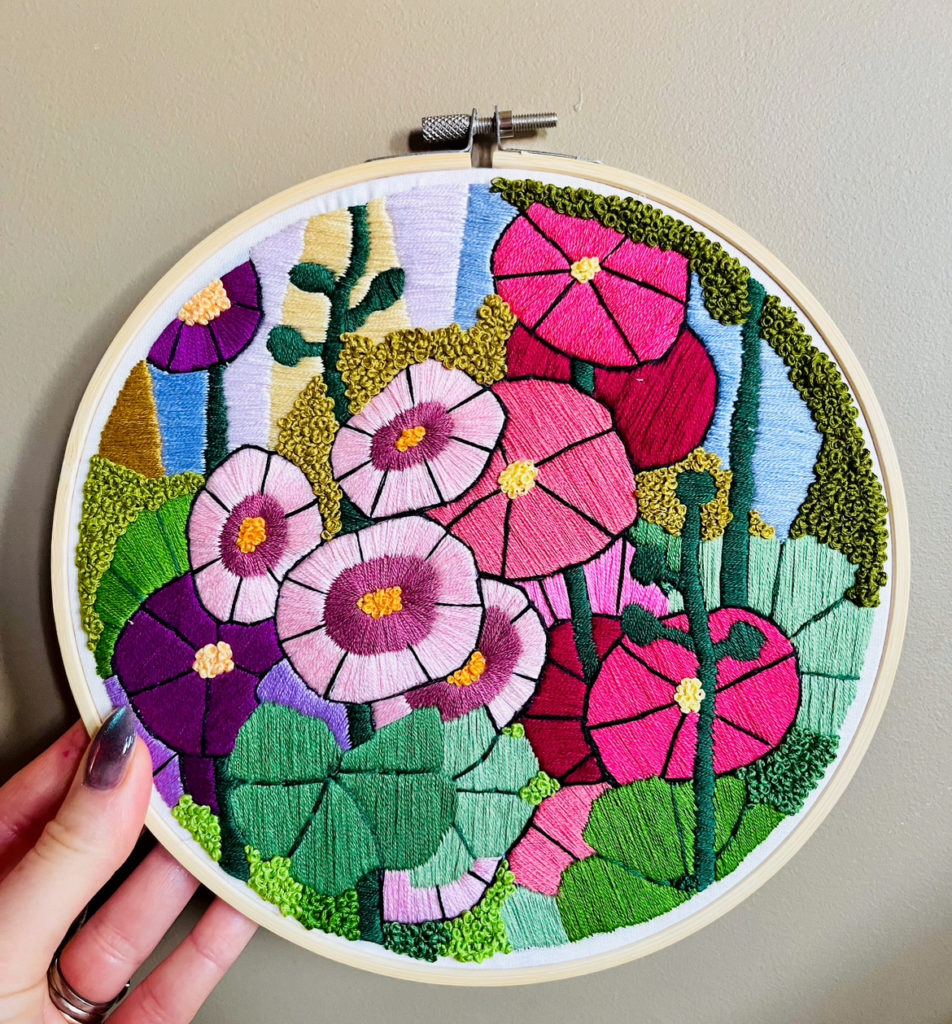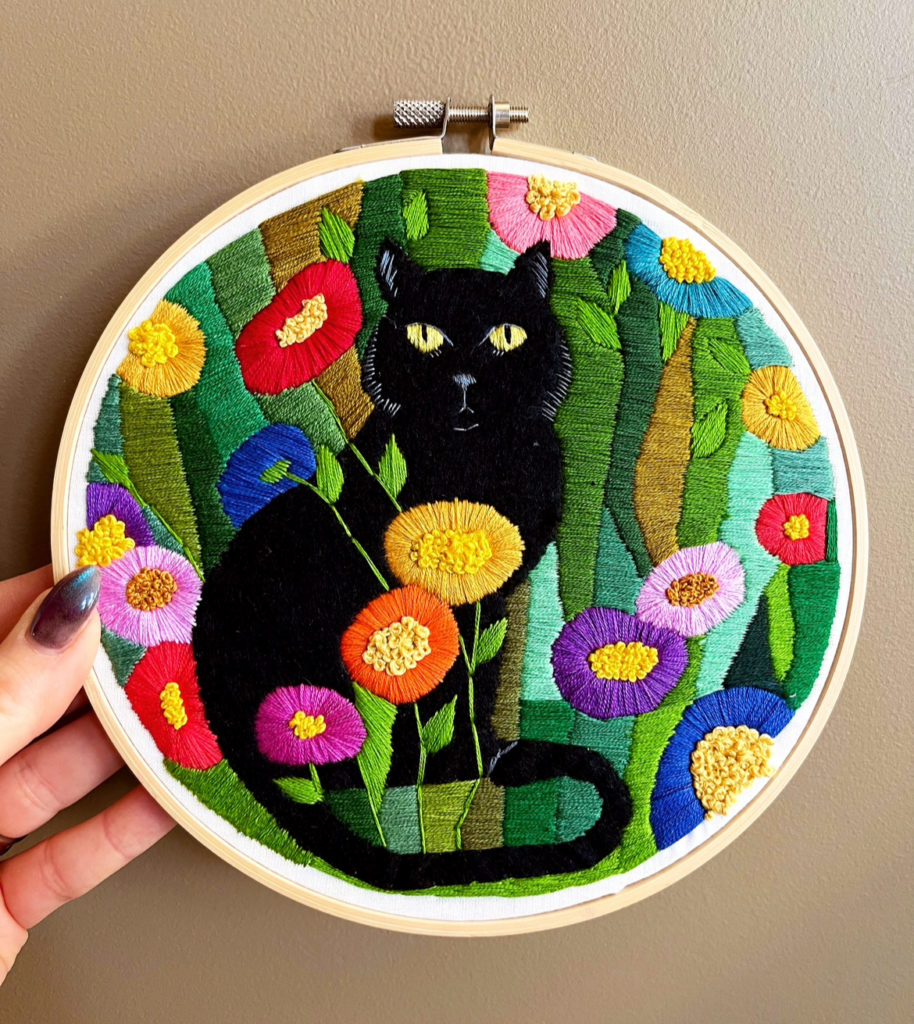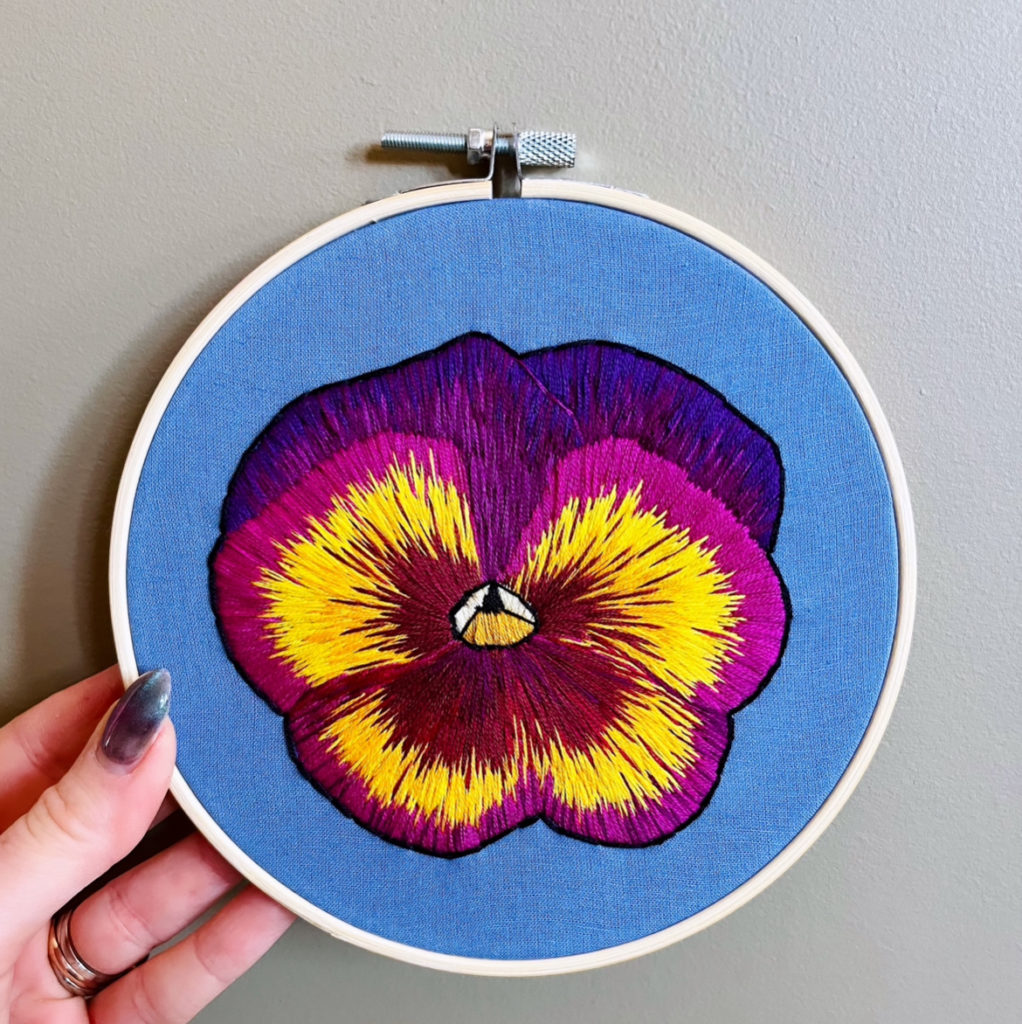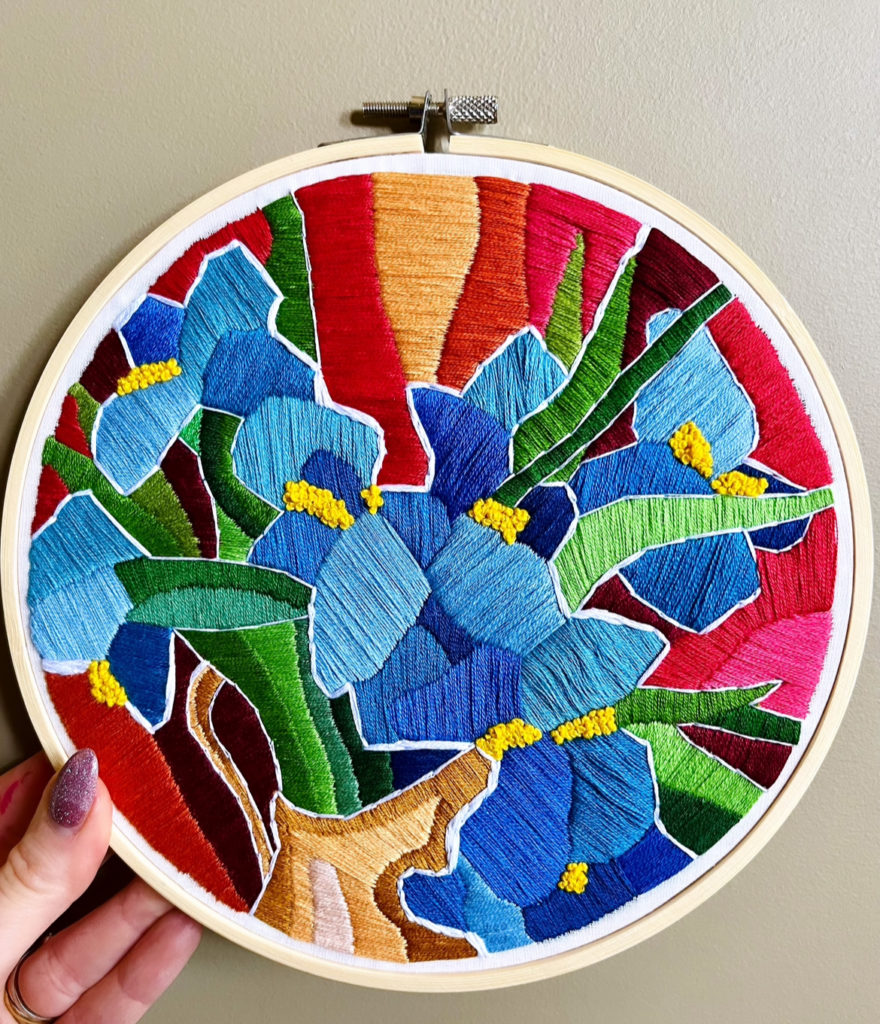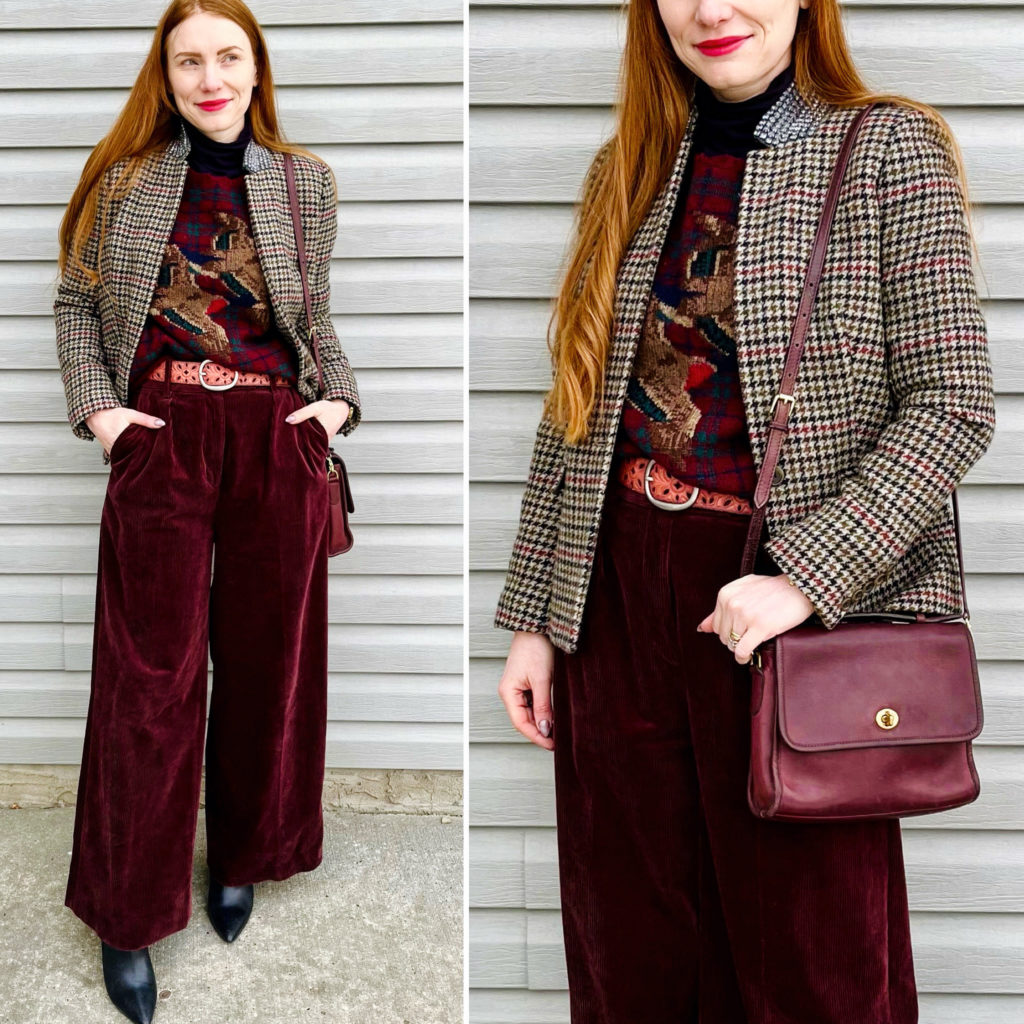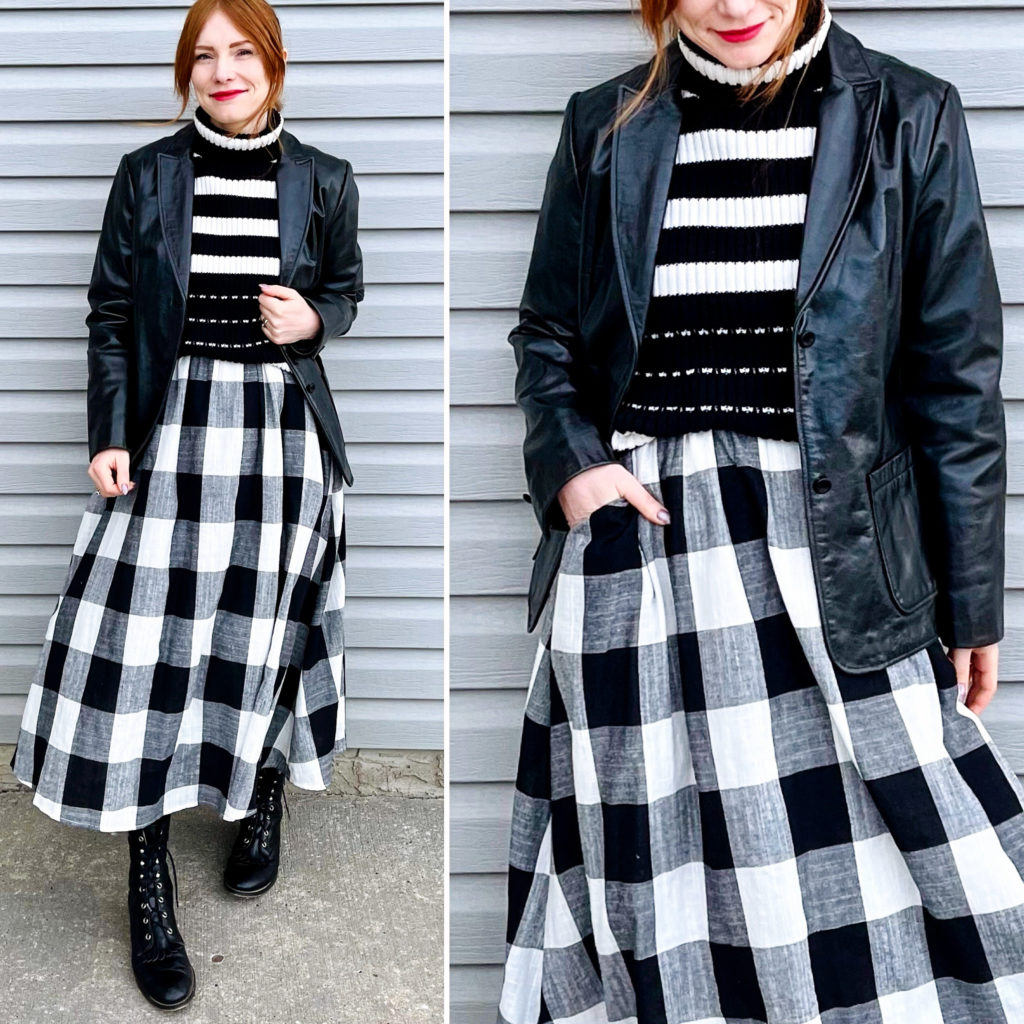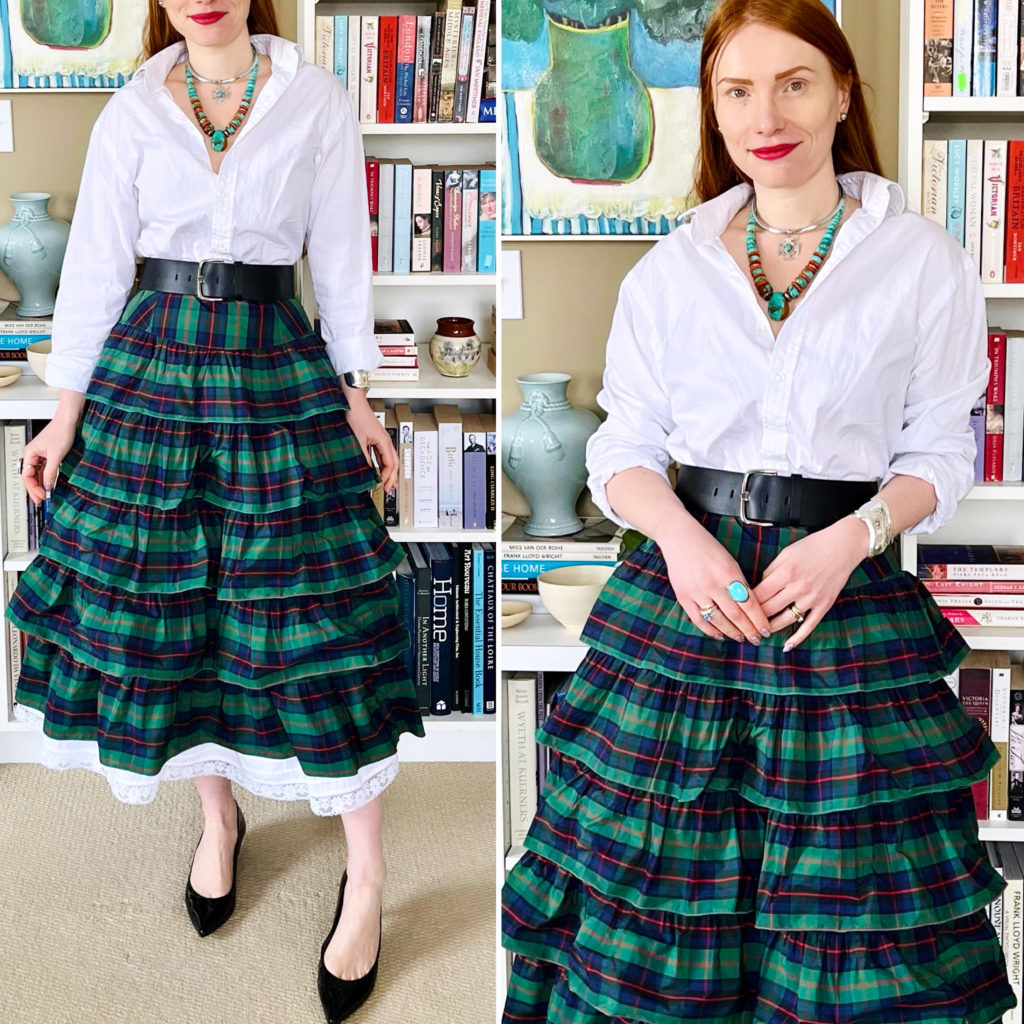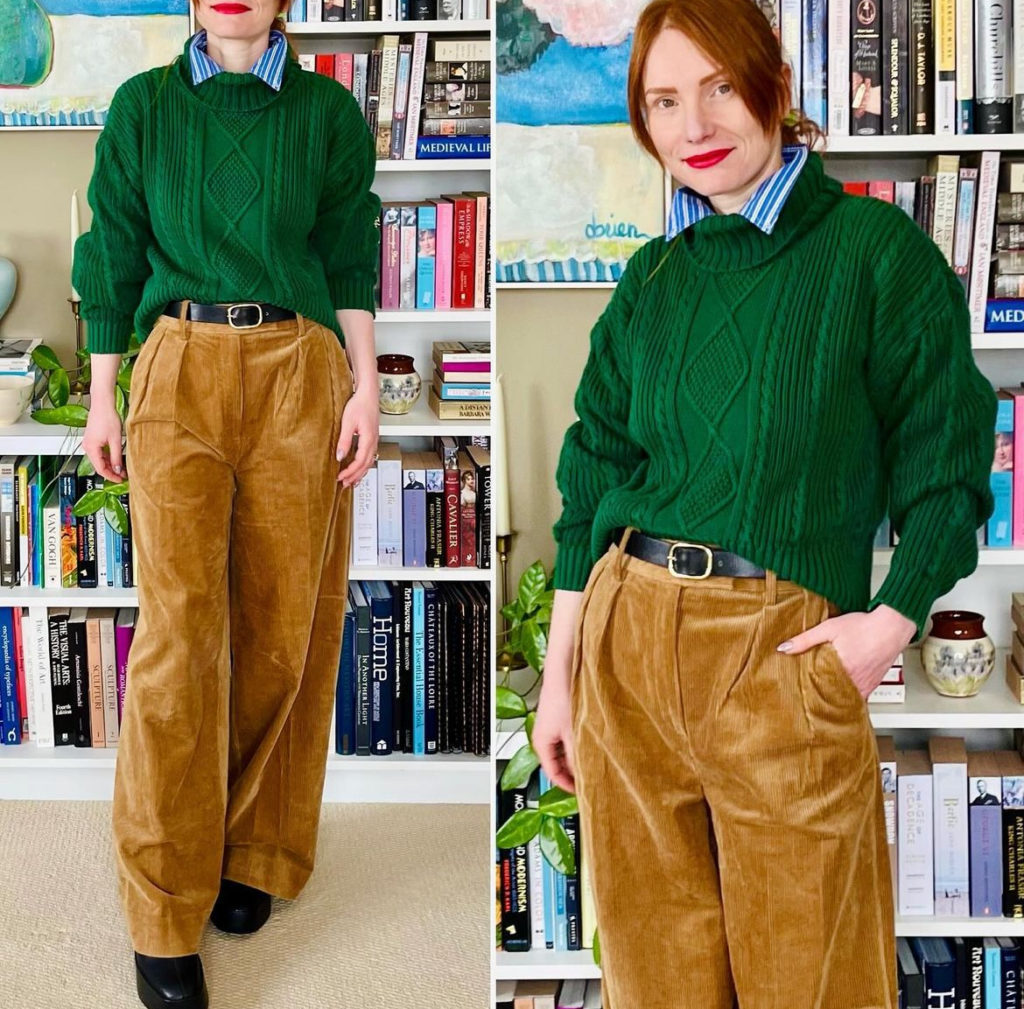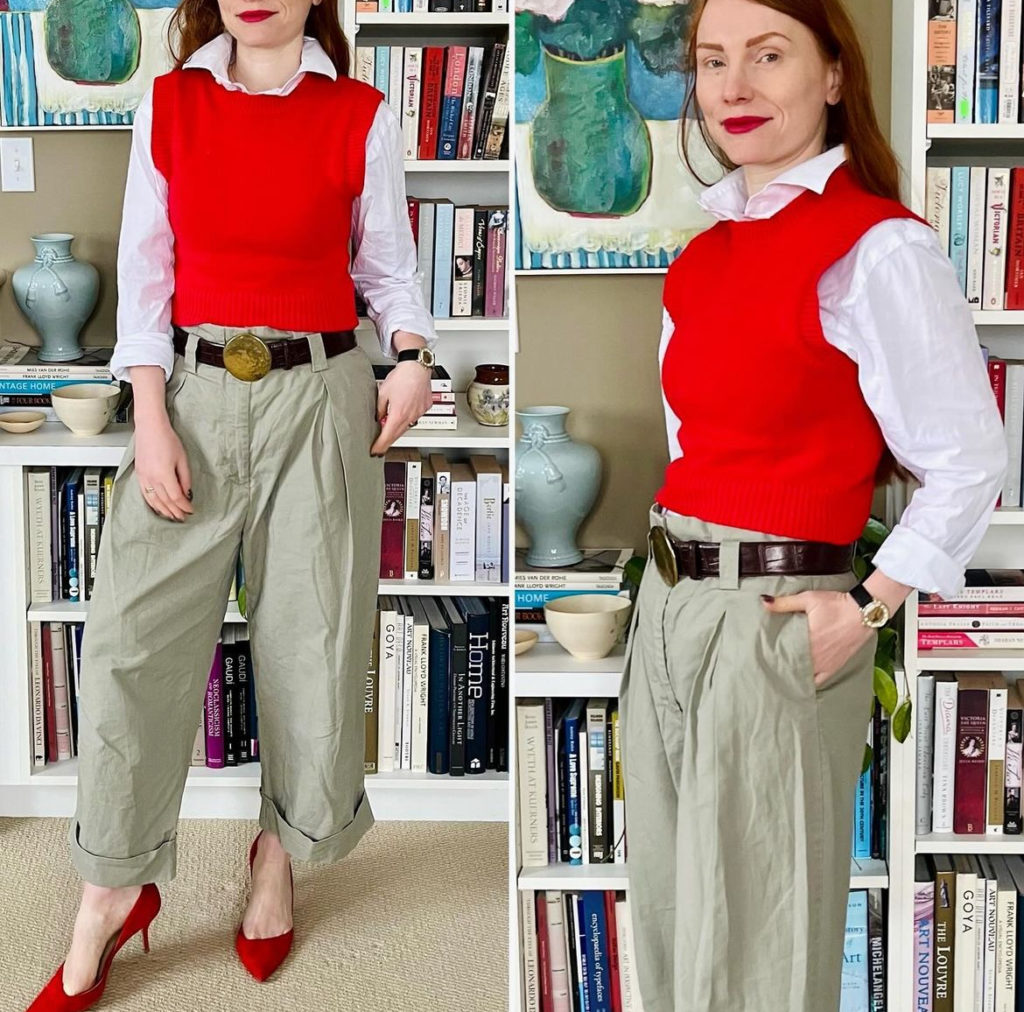At the beginning of the year, I wrote about my goal of shopping more mindfully and intentionally going forward. As I’ve been working on it, and working through my thoughts on consumption and consumer culture more general as I write my book (more on that later), my perspective has been evolving — and my approach along with it. I wanted to document that process here, as I think it’s a useful companion piece to my shopping- and style-oriented posts. Most of the time, on social media and elsewhere, we are presented with the results of consumption without any context, divorced from its real-life implications, personal or societal. And I think context is important when we are trying to align our actions with our values.
My original focus had been to make more intentional decisions about my clothes shopping, but that has been expanded significantly. The more I started to pay attention to what (clothes) I was buying and thinking about why I wanted or didn’t want to buy them, the more I realized it was a broader issue. I want to be more intentional about all of my consumption, not just clothing. There are certain questions I now try to ask myself every time I am considering a non-essential, discretionary purchase. I say “try to” because this level of mindfulness represents a new habit — one that very much goes against our socio-cultural conditioning in a capitalist society — and new habits take time to root. It’s easy to just follow old patterns of behaviour without even realizing it. So part of the process involves trying different means of disrupting the old patterns and reinforcing the new ones. I’ll talk about a couple of these approaches I’m trying out below, but here are the questions I’ve found helpful in guiding my reflection on purchases.
1) What value does this item bring to my life?
2) How does this item align with my vision of what my best life looks like?
3) Am I willing to take responsibility for this item?
The third question is one I have been thinking about a lot lately. As I’ve been working on my book, I’ve been reflecting not only on how I engage with consumer culture in the context of my interest in fashion, but also (more broadly) on my relationship with material things. I have come to believe that capitalism has fundamentally and detrimentally impacted the way we relate to material things, i.e. the things we buy and consume. This is especially true with clothing. Clothing has become so cheap and so poorly made which leads people to view it as disposable. If something is disposable, we are not inclined to be mindful about it — either in the way we buy it, or the way we consume it, or the way we dispose of it. To different extents, depending on a variety of factors including price and societal messaging, I think the same mentality applies to all consumer goods.
Overproduction of cheap goods is an enormous burden on our planet; cheap goods take a huge amount of resources to produce, and also to dispose. To manufacture a pair of jeans, it take take up to 7,000 liters of water and produce about 20.04 kg of CO2 (the equivalent of driving about 42 miles in your car) — not to mention the human labour involved. Then there are the resources required to get those jeans from the factory to the customer. (Lots of carbon emissions involved there.) And on the back end? What’s the impact of a pair of jeans — one of millions — in the landfill? Now multiply that across not just the fashion industry but other sectors of retail. Think, for example, of all that plastic seasonal décor that gluts stores several times a year. How much of that is used just once, then tossed? How much of that is truly recycled or reused? Sure, some of it can be kept in circulation via thrift stores, but how much? Or how little, rather. When new goods are so cheap and accessible, most people aren’t motivated to go to a thrift store for their, say, Easter decoration needs.
I think this mentality can be changed, but it requires us to look at things differently — and not through capitalism’s preferred lens. What if I told you: if you buy this pair of jeans, you are now responsible for it. Responsible to the the person who made it, while breathing in a bunch of toxic chemicals working upwards of 12 hours a day and making less than a living wage. Responsible to the planet and everyone else who lives here. Responsible to take care of those jeans while they are in your possession, and also responsible for a disposal plan (should you no longer wish to own them) that minimizes environmental impacts. Wouldn’t that give you pause?
It’s a huge burden — at least, it feels that way to me. It really does make me think very, very hard about what I’m buying. For a start, it really helps me to focus and be very honest with myself about the value proposition. How much value does this non-essential item bring to my life and is that worth the responsibility? Quality becomes much more important. Why would I invest so much time and energy (to meet my obligations as a responsible owner) in an item that’s crappy quality? It’s so much harder to ensure that the item has a future after me, if it’s crappy — why would anyone else want a crappy secondhand item? When it comes to clothes, in particular, this is a very important consideration. “If I don’t like it, I’ll just donate it” is not a viable disposal plan unless there is a reasonable prospect that someone else will want to buy it. So, basically, thrift stores cannot be our answer to Shein clothing.
I want to be clear here that my perspective is very much geared towards discretionary consumption within an affluent (or relatively so) demographic. I believe our responsibilities as consumers are in proportion to our degree of privilege and power.
One thing I’ve started to do, as part of my efforts to entrench these questions and this framework of consumption into my daily life, is to track what I call “no spend” days. Basically, I keep track of days when I make no purchases that represent discretionary consumption. In this context, “consumption” is mostly concerned with material objects, but can also include some types of services, like beauty treatments. My goal with this exercise isn’t to track spending from the financial side; it’s to prompt me to take notice of when I am making decisions that involve consumption, so that I can make sure to ask myself the necessary questions. I am not including what I would deem “essential” consumption — food, utilities, home maintenance costs, insurance, etc. — because, well, existing in the world makes some level of consumption unavoidable, and I feel like the best focus for my attention is on the “extra” stuff.
I have no specific targets for my no-spend days, though I do like having uninterrupted streaks — my longest so far being 5 days. I don’t want to “gamify” this process too much because I feel that would result in redirecting the focus away from what I am concerned with. It’s not about how much I spend or when I spend or even if I spend. It’s about making sure that if and when I spend, it’s mindful and intentional. Let me put it this way: if I only had one “spend” day a month, and it involved a dozen mindless purchases, that wouldn’t be a win in my book.
Another exercise I started doing was keeping a running list of items I was tempted to buy but didn’t. I’ve been doing this a lot, in particular, with Poshmark listings. I still regularly check the app, as I am looking for very specific things and want to make sure I’m in the right place at the right time if the ideal listing pops up. But in doing so, I inevitably come across other items that appeal to me. I add them to my “liked” list so I can keep track of them, but I try to wait at least a few days before I make any buying decisions, to give myself enough time to reflect on my questions. Often, items sell during that time; or I eventually decide than I don’t really need/want them. At that point, I put them on my “didn’t buy” list. It’s something I can look back on later, whenever I need a reminder that some desires are, in fact, momentary. It also helps me to keep track of prices on items that I’m still interested in (but haven’t yet committed to buying). I’ve been doing this with vintage Coach bags, in particular; I am looking for certain specific ones, but I will keep track of similar bags I find and don’t buy online, and jot down the prices at which they sold. It’s a good way of staying on top of the market, which helps me to assess the prices of future listings.
I’ve only been actively doing these exercise for a little over a month now, but I can confidently say that they’re helping me to change my habits, little by little. I know there is a lot to unpack here, and a lot more that I am still working my way through in my own mind, but I hope you will find some of it useful or interesting in the context of your own experiences.
And, yes, I am writing a book. It will be a memoir about my search for identity and the role of fashion/personal style in that process. But also about so much more — consider this post a little taste of that. I am now wrapping up my first round of edits, and hope to have a fully revised draft in the next couple of months. Beyond that, I don’t know what, if anything, will happen. It feels too overwhelming — and counter-productive to my creative process — to think about how (or if) I want to put my writing out into the world. I’ll keep you posted on that 😉

